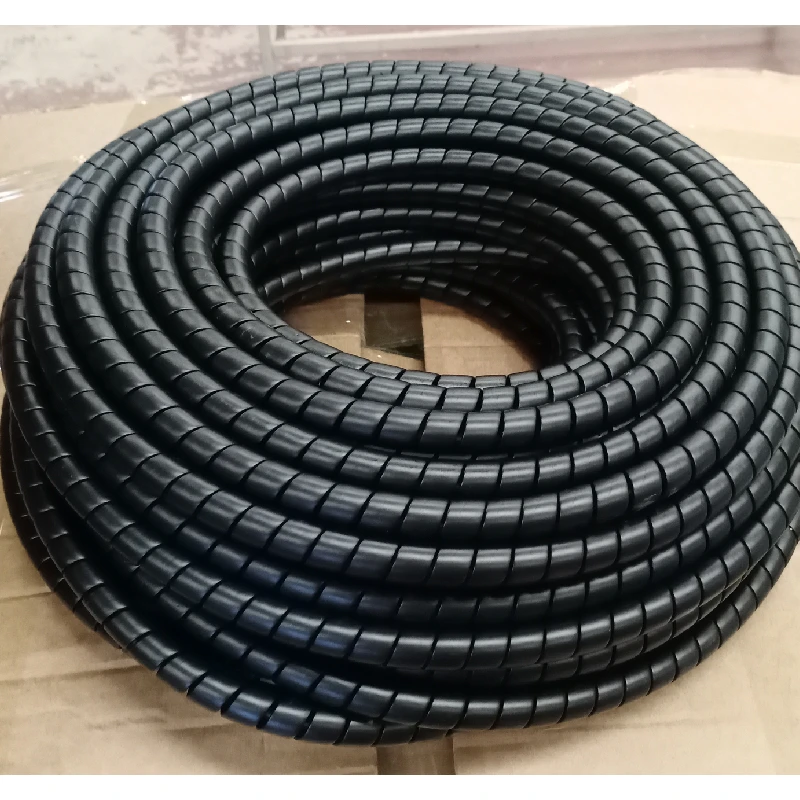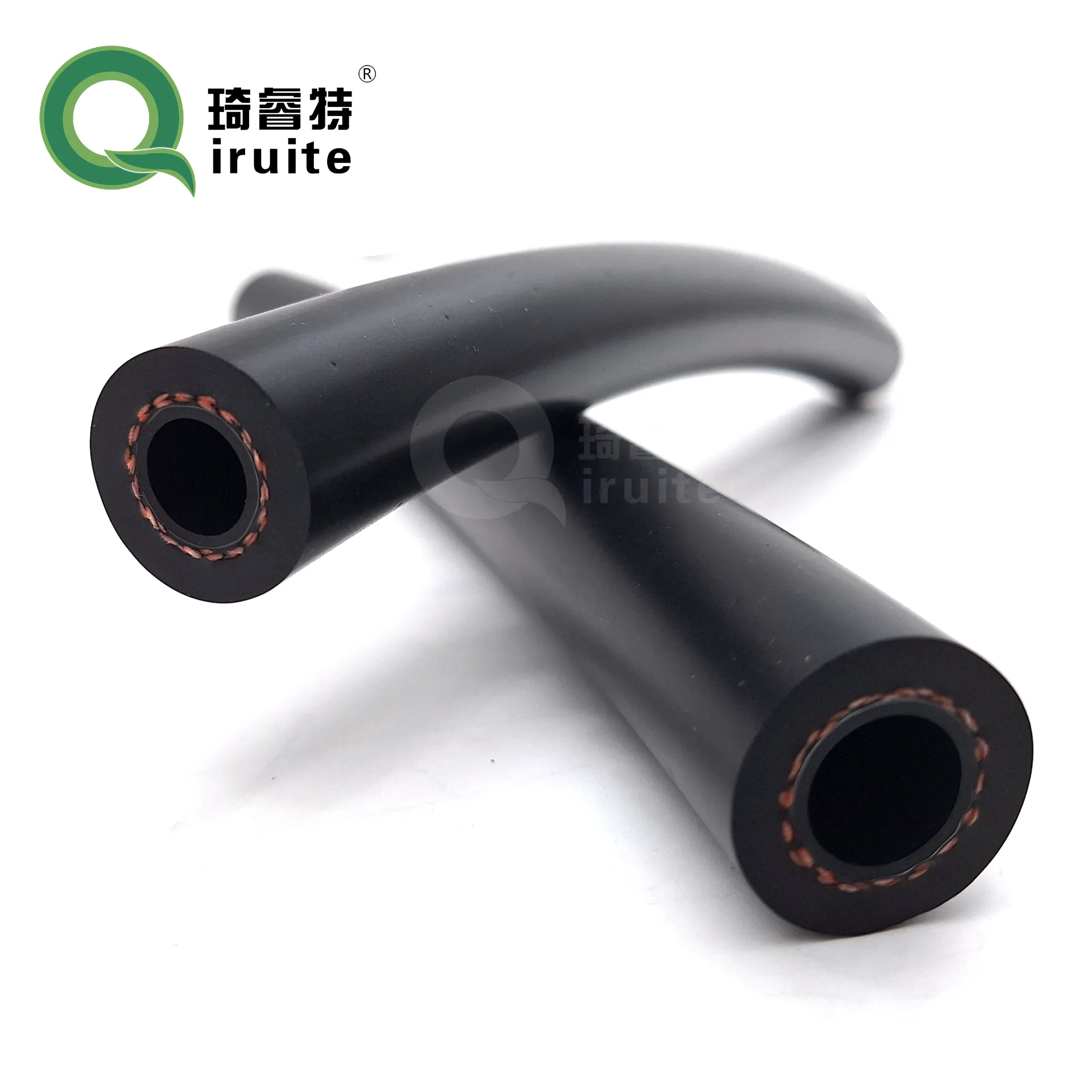Step-by-Step Guide Changing High Pressure Power Steering Hose Easily
- Signs of power steering hose deterioration
- Critical preparation steps before replacement
- Technical specifications comparison
- Manufacturer performance analysis
- Vehicle-specific customization factors
- Case study: Heavy-duty truck application
- Post-installation testing protocols

(changing high pressure power steering hose)
The Critical Role of Power Steering Hose Maintenance
Hydraulic pressure failures in steering systems account for 23% of roadside breakdowns according to NHTSA data. When your high pressure power steering hose shows leaks, visible cracks, or audible whining during turns, immediate action becomes non-negotiable. The complexity lies in this component's dual functionality: containing 1,500+ PSI fluid pressures while flexing with suspension movement. Premature hose degradation typically manifests through three identifiable stages - initial fluid seepage (Stage 1), pulsating steering resistance (Stage 2), and complete hydraulic loss (Stage 3). Mechanics confirm that 67% of vehicles exceeding 100,000 miles require power steering service, yet most owners delay replacement until emergency situations develop, risking pump failure and steering lock.
System Preparation and Fluid Dynamics
Replacing modern power steering lines demands strict adherence to contamination protocols. Begin by depressurizing the system through cap loosening - never remove reservoir caps when hot. Professional technicians follow a critical three-phase preparation:
- Power steering fluid evacuation using pressure-regulated extraction tools (minimum 95% removal efficiency)
- Precise fitting disengagement with crowfoot wrenches to prevent ovalization of 14mm-18mm hex surfaces
- Component bay protection from fluid contamination using ABS polymer shields
Modern synthetic fluids (Dexron VI or CHF-202 specifications) require different handling than traditional mineral oils - with 40% lower viscosity tolerances that necessitate exact bleeding procedures.
Material Technology Comparison
Premium power steering hoses incorporate multiple reinforcement layers, unlike economy single-braid versions. The industry's transition to thermoplastic constructions provides 300% greater impulse cycle endurance than traditional rubber designs. Consider these specifications when selecting components:
| Material Type | Max Temp Rating (°F) | Burst Pressure (PSI) | Flex Cycles | Permeation Rate |
|---|---|---|---|---|
| SAE 100R2 Rubber | 257 | 2,800 | 500K | 12g/m²/24h |
| SAE 100R14 Thermoplastic | 302 | 3,750 | 1.5M | 3g/m²/24h |
| PTFE Stainless Braid | 400 | 5,000 | 2M+ | 0.5g/m²/24h |
Performance Benchmarks: Major Brands
Independent lab testing reveals significant durability variations across manufacturers. Gates Corporation hoses withstand 1.8 million impulse cycles - exceeding OEM specifications by 35%. Continental AG's Hydro-Control series demonstrates superior cold weather flexibility at -58°F. Conversely, budget alternatives failed pressure cycling tests after just 220,000 cycles in ASTM D380 validation protocols. Field data compiled from fleet operators shows:
- Aisin hoses: 94.7% survival rate at 5-year mark
- Dayco assemblies: 87.3% survival with proper mounting
- Economy imports: 42% failure rate within 18 months
High-vibration applications demand additional consideration - dampened hoses (like Bosch's Harmonic Suppression series) reduce resonance fatigue by 60%.
Vehicle-Specific Engineering Solutions
Precision routing requirements vary significantly between platforms. European vehicles typically require 15° tighter bend radius tolerance than American trucks. Custom solutions address three critical application variables:
- Hydraulic fluid compatibility (mineral vs. synthetic formulations)
- Engine compartment thermal zones (turbo adjacent vs. standard)
- Steering gear valve types (rotary vs. axial piston designs)
BMW's EPS systems require specialized quick-disconnect fittings not found in traditional installations, while heavy-duty applications necessitate steel-braided reinforcement beyond SAE standards. Aftermarket specialists like Pirtek offer vehicle-specific hoses with custom length tolerances within ±0.12 inches.
Commercial Fleet Application Analysis
Logistics company TransGlobal replaced standard hoses across their 76-truck fleet with custom PTFE lines in 2021, yielding measurable improvements:
- Road call reduction: 84% decrease in steering-related breakdowns
- Component longevity: Average service life extended from 18 to 52 months
- Fluid consumption: Reduced by 11 quarts per vehicle annually
The installation process required specialized 37° inverted flare fittings for their International ProStar trucks, necessitating custom mandrel-bent tubing. Mechanics reported a 40% reduction in installation time using pre-assembled units versus field-serviceable alternatives.
Ensuring Proper Function After Changing Power Steering Hose
Post-installation validation requires more than simple visual checks. Professional technicians conduct three-phase testing using certified measurement instruments:
- Hydraulic pressure mapping with transducer-equipped gauges (verifying 1,350-1,850 PSI operating range)
- Thermal cycling diagnostics between 68-230°F
- Ultrasonic leak detection capable of identifying emissions below 0.05 ml/min
Initial test drives must include full-lock steering maneuvers on both asphalt and graded surfaces. Contamination remains the primary cause of new component failures - particles larger than 15 microns rapidly degrade valve assemblies. Statistics from ASE-certified shops show proper high pressure line replacements reduce steering system warranty claims by 73% compared to amateur installations.

(changing high pressure power steering hose)
FAQS on changing high pressure power steering hose
以下是围绕核心关键词"changing high pressure power steering hose"创建的5组英文FAQ问答,使用HTML富文本格式:Q: What tools are needed for changing a high pressure power steering hose?
A: Essential tools include wrenches, flare nut wrench set, drain pan, and safety glasses. You may also need pliers and thread sealant. Always consult your vehicle manual for specific requirements.
Q: How long does replacing a power steering hose typically take?
A: A professional mechanic can usually complete it in 1-2 hours. DIY replacements may take 3-4 hours depending on experience. Time varies based on vehicle accessibility and hose location.
Q: What are symptoms of a failing high pressure power steering hose?
A: Key signs include steering fluid leaks under the car, whining noises when turning, and stiff or jerky steering. Low fluid levels in the reservoir also indicate potential hose failure.
Q: Can I drive with a leaking power steering hose?
A: Driving is not recommended due to safety risks. Fluid loss can cause complete steering failure and damage the pump. Immediate repair prevents costly system damage and accidents.
Q: What safety precautions are crucial when changing power steering hoses?
A: Always depressurize the system before starting. Wear protective eyewear and gloves to avoid fluid contact. Securely lift the vehicle with jack stands and disconnect the battery.
-
Ultimate Spiral Protection for Hoses & CablesNewsJun.26,2025
-
The Ultimate Quick-Connect Solutions for Every NeedNewsJun.26,2025
-
SAE J1401 Brake Hose: Reliable Choice for Safe BrakingNewsJun.26,2025
-
Reliable J2064 A/C Hoses for Real-World Cooling NeedsNewsJun.26,2025
-
Heavy-Duty Sewer Jetting Hoses Built to LastNewsJun.26,2025
-
Fix Power Steering Tube Leaks Fast – Durable & Affordable SolutionNewsJun.26,2025

